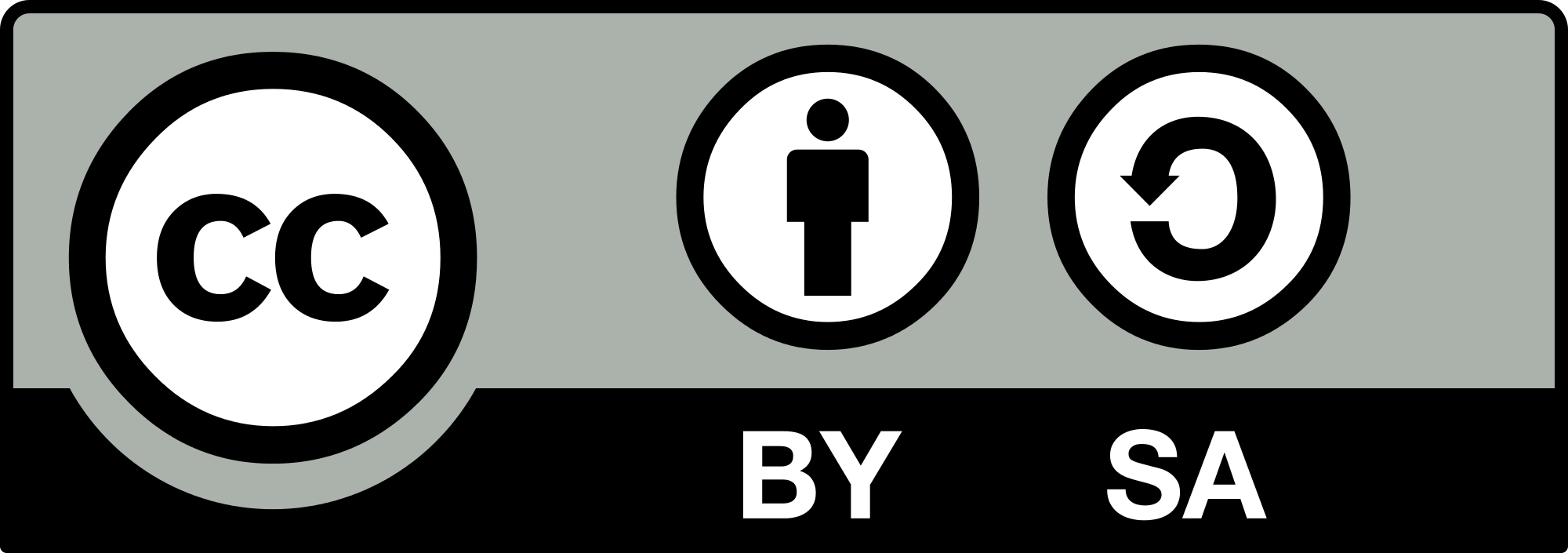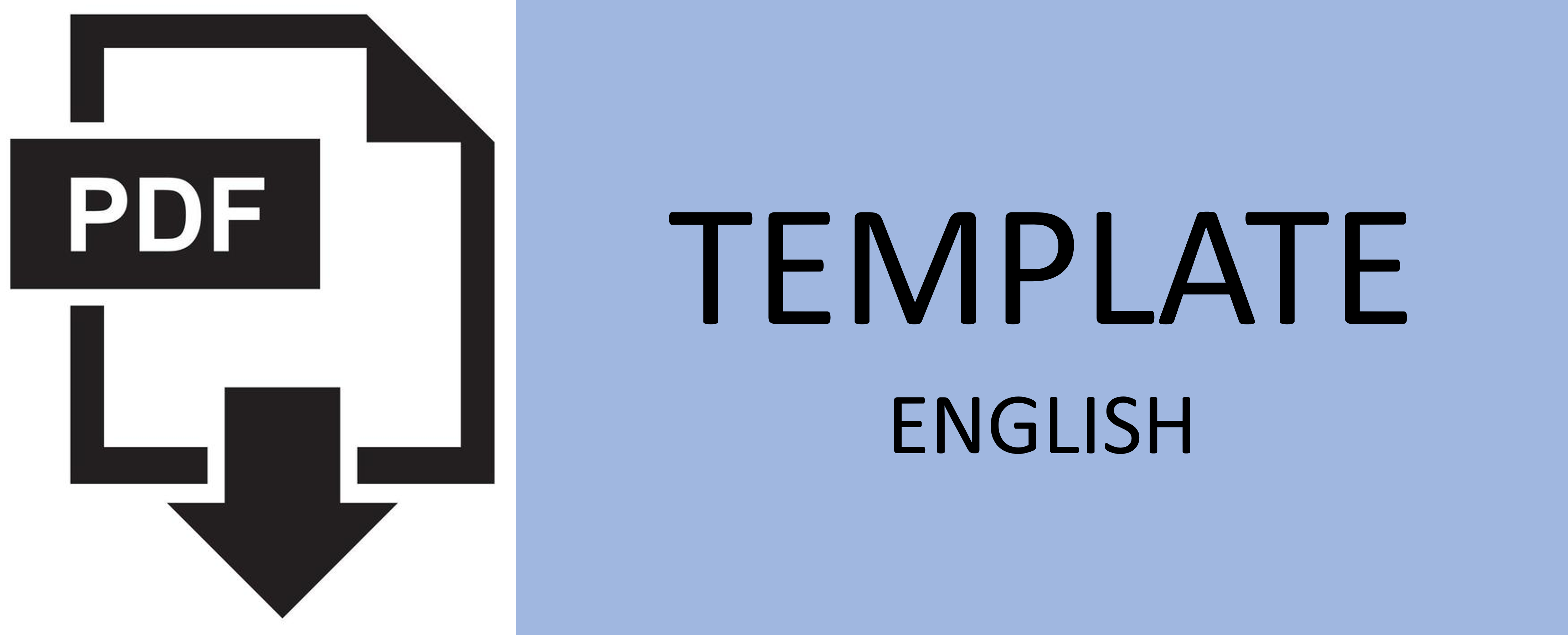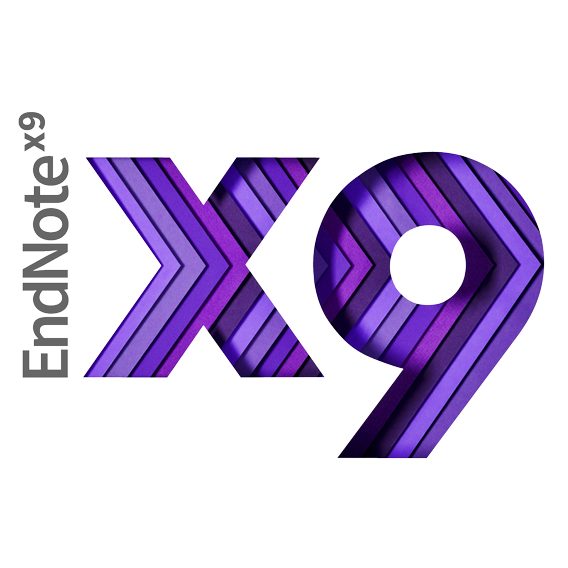Optimization of Pre-Treatment Process in Spent Bleaching Earth (SBE) on The Characteristics of Pre-Treated SBE as Supplementary Cementitious Material
Abstract
The palm oil processing industry in Indonesia has experienced significant growth, bringing both positive economic impacts and negative consequences, specifically the generation of spent bleaching earth (SBE), a waste product of bleaching earth. Despite its potential as a substitute material for cement due to its pozzolanic properties, challenges arise from SBE's oil content. Hence, this study introduces pre-treatment methods involving extraction and calcination to optimize the use of SBE, referred to as Pre-treated Spent Bleaching Earth (PSBE). This research aims to analyze the optimized PSBE material through the optimization of the pre-treatment process in the usage of mortar. The optimized PSBE is compared to another supplementary cementitious material, which is fly ash to see the performance of optimized PSBE as supplementary cementitious material. The performance of the mortar was evaluated through tests including slump test, compressive strength test, and mortar hydration temperature analysis. The pre-treatment process of SBE was optimized by combining extraction and calcination methods, which yielded the most effective results from oil content test. One of the performance analysis results showed that the compressive strength test revealed a 28-day compressive strength value of 50,22 MPa for the optimized PSBE mortar, while the fly ash mortar had a compressive strength of 37,36 MPa. In conclusion, the optimized PSBE shows promising potential as a supplementary cementitious material.
Keywords
Full Text:
PDFReferences
R. Malia, N. Fadhly and S. Sugiarto, “Traffic management of intersection with more than four road segments,” 4th Annual Applied Science and Engineering Conference (AASEC 2019), Journal of Physics: Conference Series vol. 1402 022021, 2019.
E. R. Müller, R. C. Carlson and W. K. Junior, “Intersection control for automated vehicles with MILP,” IFAC-PapersOnline Conference Paper Archive, vol. 49-3, pp. 37-42, 2016.
X. Chen, X. Lin, M. Li, F. He and Q. Meng, “A nearly throughput-maximum knotted intersection design and control for connected and automated vehicles,” Transportation Research Part B: Methodological, vol. 171, pp 44-79, May 2023.
Y. Fauzi and H. Widyastuti, “Analisa perubahan kinerja di Jalan Gajah Mada Medan akibat adanya jalan layang,” Journal of Civil Engineering, vol 32, no.2, pp. 47-52, Nov. 2017.
C. Cheng, Y. Du, L. Sun and Y. Ji, “Review on theoretical delay estimation model for signalized intersections,” Transport Reviews, pp. 479-499, Oct 2015.
P. Preethi, A. Varghese and R. Ashalatha, “Modelling delay at signalized intersections under heterogeneous traffic conditions,” Transportation Research Procedia, vol. 17, pp. 529-538, 2016.
F. Dion, H. Rakha and Y. S. Kang, “Comparison of delay estimates at under-saturated and over-saturated pre-timed signalized intersection,” Transportation Research Part B: Methological, vol. 38, no.2 pp. 99-122, Feb. 2004.
N. Fadhly, R. Matondang, S. Hasyim and S. M. Saleh, “Regression analysis of transportation infrastructure development using transit oriented development concept,” Revista De Ciencias y Sociales, vol. 34, no. 14 pp. 1575-1607, Jan 2018.
N. Fadhly and R. Matondang, “Implementation of transit oriented development in handling congestion effect on urban sprawl phenomenon and traffic growth in Banda Aceh,” in 3th Annual Applied Science and Engineering Conference (AASEC 2018), IOP Conference Series: Materials Science and Engineeing, vol. 434, p. 012200, Dec. 2018.
S. M. Saleh, N. Fadhly and R. Faisal, “Analysis signalized intersection and four road segments (case study Simpang BPKP, Banda Aceh),” Jurnal Teknik Sipil, vol. 1, no. 3, 2012.
Direktoral Jenderal Bina Marga, “Manual kapasitas jalan Indonesia (MKJI)”, Jakarta: Direktorat Bina Jalan Kota (BINKOT), Oct. 1997
C. Tianzi, J. Shaochen and Y. Hongxu, “Comparative study of VISSIM and SIDRA on signalized intersection,” 13th COTA International Conference of Transportation Professionals (CICTP 2013), Procedia Social and Behavioral Sciences, vol. 96, Nov. 2013.
X. Yang and M. J. Magalotti, “A service life analysis of roundabout retrofits for signalized intersection,” International Conference on Sustainable Design, Engineering and Construction, Procedia Engineering, vol. 145, pp. 452-459, 2016.
R. Akçelik, “Lane-by-lane modelling of unequal lane use and flares at roundabouts and signalised intersection: the SIDRA solution,” Traffic Engineering and Control, vol. 38, no. 7, pp 388-399, April 1997.
Ministry of Public Works Roads Administration, “Design Manual for Roads and Bridges,” Edition 2: part 1 and 15. Kuwait. 2012.
R. Akcelik, SIDRA Intersection 8.0 User Guide, (Melbourne: Akcelik & Associates PTY LTD), 2016.
P. J. Romadhona and T. N. Ikhsan, “The Effect of On-Street Parking on U-Turn Area towards Urban Road Performance (Study Case: Affandi Street, Yogyakarta),” Journal of Civil Engineering, Vol. 36, no.1, pp. 14-22, June 2021.
Dinas Perhubungan, “Volume Lalu Lintas”, Jakarta, 2022.
Peraturan Menteri Perhubungan Republik Indonesia, “Pedoman Pelaksanaan Kegiatan Manajemen dan Rekayasa Lalu Lintas,” nomor PM 96, Jakarta, 2015.
C. Mutiawati and H. Suprayitno, “Tinjauan awal struktur jaringan jalan di Kota Banda Aceh,” Jurnal Manajemen Aset Infrastruktur & Fasilitas, vol. 2, sup. 2, pp. 39-52, Dec. 2018.
Kementerian Pekerjaan Umum dan Perumahan Rakyat – Direktorat Jenderal Bina Marga, “Manual Desain Perkerasan Jalan.” no. 02/M/BM/2017, Jakarta. 2017.
S. Alkheder, F. Al-rukaibi and A. Al-faresi, “Driver Behavior at Kuwait Roundabouts and Its Performance Evaluation,” IATSS Research, vol. 44, pp. 272-284, 2020.
X. Chen and M. S. Lee, “A case study on multi-lane roundabouts under congestion: Comparing software capacity and delay estimates with field data,” Journal of Traffic and Transportation Engineering, vol. 3, no. 2, pp. 154-165, Mar. 2016.
DOI: http://dx.doi.org/10.12962%2Fj20861206.v39i1.17438
Refbacks
- There are currently no refbacks.

Journal of Civil Engineering is licensed under a Creative Commons Attribution-ShareAlike 4.0 International License.







.jpg)